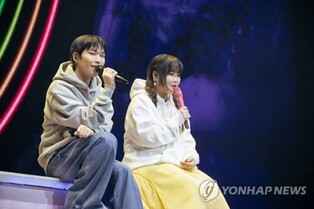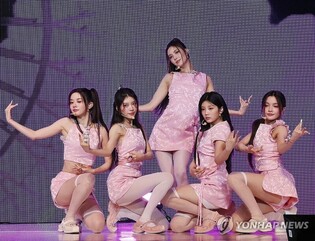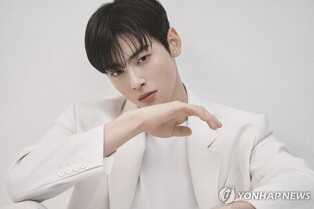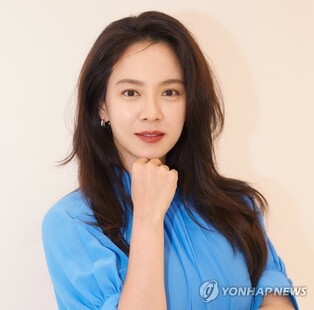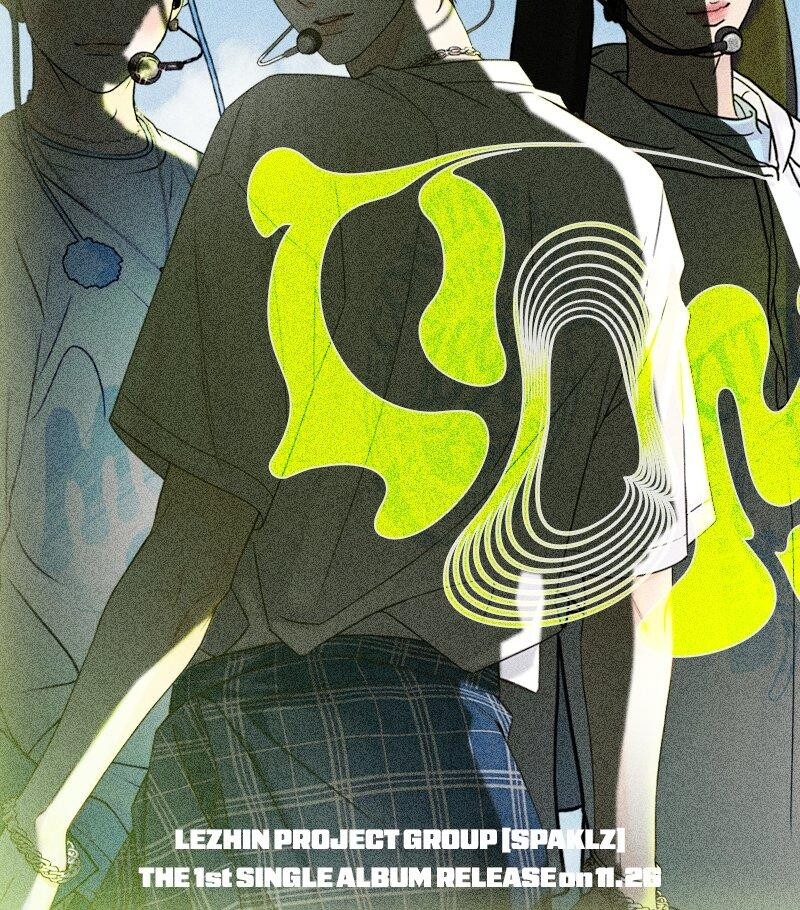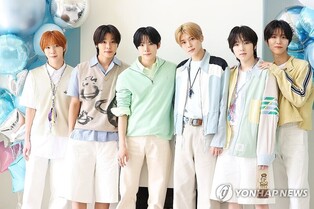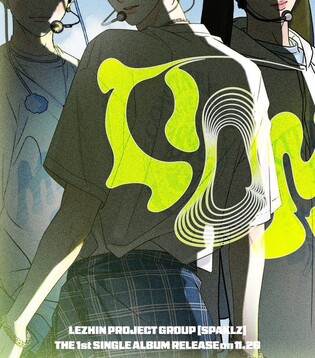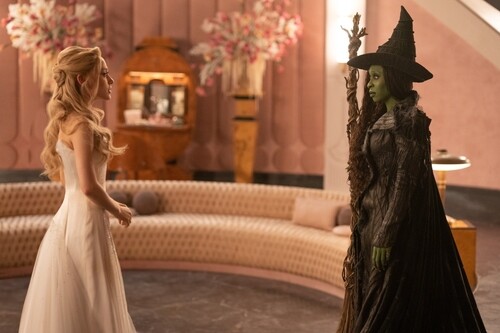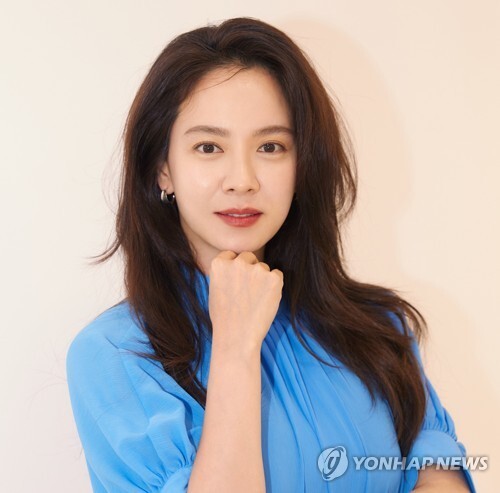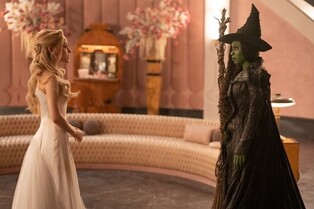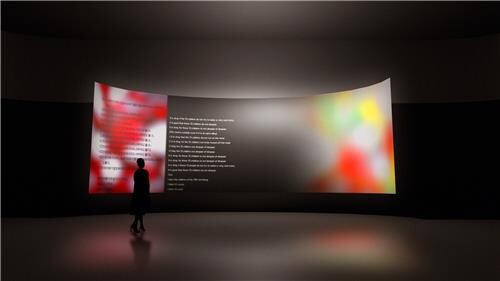 |
| ▲This work, provided by Seoul Design Foundation, shows 001 work. (PHOTO NOT FOR SALE) (Yonhap) |
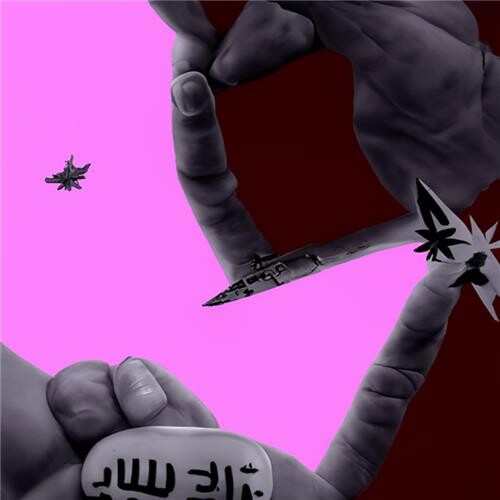 |
| ▲This work, provided by Seoul Design Foundation, shows 002 work. (PHOTO NOT FOR SALE) (Yonhap) |
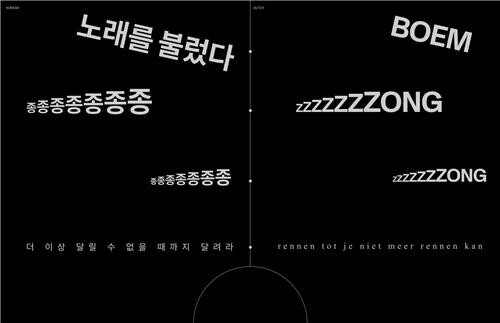 |
| ▲This work, provided by Seoul Design Foundation, shows 003 work. (PHOTO NOT FOR SALE) (Yonhap) |
SEOUL, Sept. 14 (Yonhap) -- The poems of the genius poet Yi Sang(1910-1937), which are evaluated as "difficult to translate," has been recreated into an artificial intelligence (AI)-based media art work that overcame the language barrier.
The Seoul Design Foundation announced on Wednesday that an exhibition "Sorry, Please Say That Again" will be taking place at the Dullegil Gallery on the 4th floor of the Dongdaemun Design Plaza (DDP) Museum from sept 15- sept.29.
Text datas from poems of Korean avant-garde writer Yi Sang and a Dutch surrealist poet Paul van Ostaijen (1896-1937) are extracted, and two yong artists from both countries re-constructed poems.
Korean artist Park So-yoon and Dutch artist Vera van de Saif created the works of the two poets into media art works in the form of literature (text), music (sound), and art (image) using AI. The two artists attempted to solve the lack of communication due to language barrier using modern technology, AI.
The name of the exhibition also displays the purpose of this project well.
"Sorry, Please Say That Again" is one type of command that asks for input again when the AI does not understand the input value properly. The exhibition planner said this command is AI making effort to guide various methods for better communication.
The exhibition consists of three works in the form of media art.
The first work "001 Somewhere between the two frontal lines" (Literal Translation) in shown in the form of a diaglogue between the two poets. A conversation between two differerent-lanuage-speaking poets was possible by a translation algorithm that switches between Korean, Dutch, and English.
The second work "002 Now I Feel the Dying Sunlight Take Me" (Literal Translation) is shown in three large screens by AI who has learned about concrete poetry. Concrete poetry refers to a form in which characters, figures, and more are arranged in the form of pictures.
The third work "003 When Sharp and Rough" (Literal Tranlation) is a work in which the sensor captures the movement of the viewer and brings the visualized languages on the screen. Based on the movement of a viewer, auditory information in Korean or Dutch, and visualinformation by texts or images are delivered simultaneously.
Park Je-un planner said, "The essense of two beloved poets will not change even if their woks are re-constructed in a new form," adding, "I hope this exhibition will help society to become a place where 'Sincerity' is delivered."
(This article is translated from Korean to English by Jiwon Woo.)
(END)
(C) Yonhap News Agency. All Rights Reserved



















